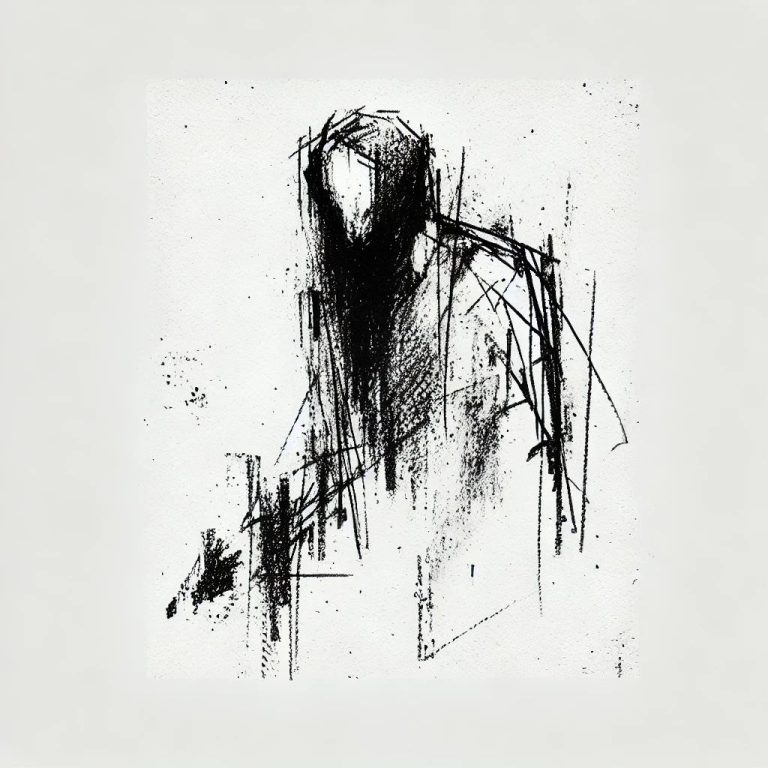Persian mythology is a fascinating collection of stories from ancient Iran, filled with gods, heroes, and epic battles. Drawing from Zoroastrian texts, epic poetry, and oral traditions, these myths provide insights into the values, fears, and aspirations of ancient Persians. This weblog aims to explore key themes and figures in Persian mythology, shedding light on its significance in both historical and contemporary contexts.

The Cosmic Order: Ahura Mazda and Angra Mainyu
At the heart of Persian mythology lies the dualistic struggle between Ahura Mazda, the supreme god of light and goodness, and Angra Mainyu (or Ahriman), the embodiment of chaos and evil. This cosmic battle is not merely a clash of deities; it symbolizes the eternal conflict between order and disorder, truth and falsehood.
Ahura Mazda represents wisdom, justice, and creation. He is often depicted as the source of all that is good in the world. In contrast, Angra Mainyu embodies destruction and deception, seeking to undermine the divine order established by Ahura Mazda. This duality reflects the moral framework of Zoroastrianism, where human choices play a crucial role in determining the outcome of this cosmic struggle.

The Epic of Shahnameh: Heroes and Legends
One of the most significant literary works in Persian mythology is the “Shahnameh” (The Book of Kings), composed by the poet Ferdowsi in the 10th century CE. This epic poem chronicles the history of Persia from its mythical origins to the Islamic conquest. It features heroes, kings, and mythical creatures that embody various virtues and flaws.
Key figures include:
– Rostam: The quintessential hero of Persian mythology, Rostam is celebrated for his strength, bravery, and loyalty. His adventures often involve battling monstrous beings and overcoming insurmountable odds, symbolizing the struggle against chaos.
– Zal: Rostam’s father, born with white hair due to a curse, represents wisdom and experience. His character highlights themes of acceptance and resilience in the face of hardship.
– Sohrab: The tragic hero who unknowingly battles his father, Rostam. Their story serves as a poignant reminder of fate’s cruelty and the consequences of pride and misunderstanding.

Mythical Creatures: Guardians and Adversaries
Persian mythology is filled with fantastical creatures that serve as both guardians and foes. Among them are:
– Divs: Malevolent spirits often associated with chaos and darkness. They oppose the forces of good and are frequently depicted as adversaries in heroic tales.
– Simurgh: A benevolent, mythical bird that symbolizes wisdom and healing. The Simurgh plays a pivotal role in various myths, often guiding heroes on their journeys.
– Zahhak: A tyrannical figure cursed with serpents growing from his shoulders. His story serves as a cautionary tale about ambition and betrayal.
The Influence of Persian Mythology Today
While rooted in ancient tradition, Persian mythology continues to resonate in contemporary culture. Its themes of heroism, morality, and cosmic balance are reflected in modern literature, film, and art. The enduring legacy of figures like Rostam inspires new generations to explore their cultural heritage.
Moreover, due to globalization, elements of Persian mythology have found their way into global storytelling. The archetypes established in these myths—of heroes facing insurmountable odds or the eternal battle between good and evil—are universal narratives that transcend cultural boundaries.
Conclusion
Persian mythology is not merely a collection of ancient stories; it is a profound exploration of human experience, moral dilemmas, and the quest for meaning. By examining its key themes and figures, we gain insight into the values that shaped an entire civilization. As we continue to engage with these myths, we uncover not only the history of Persia but also timeless truths about humanity itself.
In this ever-evolving landscape of myth and narrative, Persian mythology remains a vibrant source of inspiration, inviting us to reflect on our own journeys through the complexities of life.
Asal Nasiri





